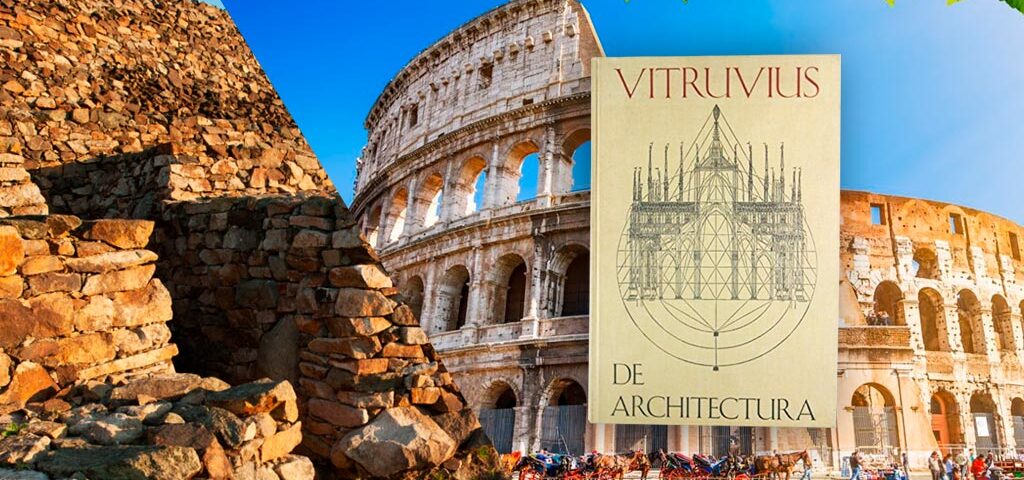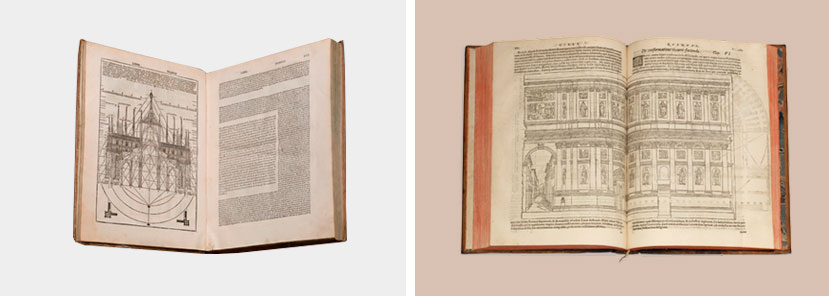8 curiosities about construction that you did not know

The first French vertical forest
March 15, 2021
The great importance of environmental awareness in science
July 19, 2022In partnership with JDM Academy, today we bring you the following construction trivia you didn’t know.
1. The world’s oldest cairn
The Cairn de Barnenez is a huge French cairn (Neolithic stone mound) located on the small peninsula of Kernelehen, belonging to the commune of Plouezoc’h, in the department of Finistère (Brittany region).
This cairn and other constructions of the same type (such as the cairn on the island of Carn, also in the department of Finistère) are among the oldest monuments in Europe and in the world, judging by the dates given by carbon-14 dating of the interior of the burials.
Barnenez is an outstanding example of European megalithism and has been listed as a French historical monument since 1956. The Centre des monuments nationaux ensures its opening to the public.
According to history, it was built in 4850 BC to house the remains of pre-Christian civilizations and other sacred activities. This construction was accidentally discovered by a road contractor who began excavating for gravel, when he realized that it was actually a large artificial mound.
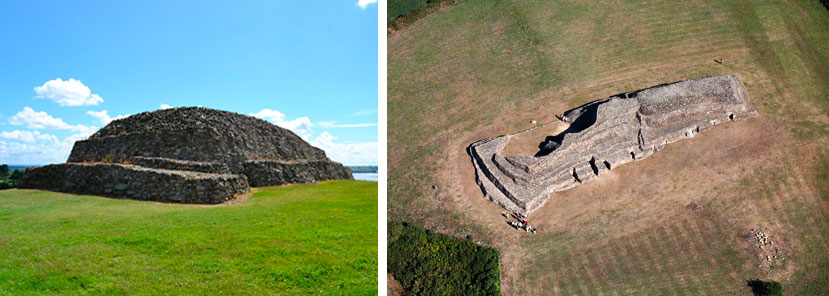
2. Origin of the word Architecture
It comes from the Latin architectūra, architectūrae (architéctōn). Where archi: means the first or the one who commands) and téctōn: means mason or builder. So, the full meaning would be chief mason.
3. One of the first extensive books on architecture.
Called “De Architectura”, it was written by Vitruvius in Rome in the middle of the year 15 BC. It emphasized the main aspects of architecture including its durability, utility and beauty.
It was probably written around 15 B.C.1. It is the oldest surviving text on the subject and was taken by Renaissance architects as a first-hand reference for the knowledge of the architectural manifestations of Greco-Latin antiquity. Only the texts have come down to us, the original illustrations having been lost.
4. When did the construction of the Roman Colosseum begin?
It began in 70 A.D., under the rule of Emperor Vespasian and was completed in 80 A.D. by Emperor Titus. Did you know that the seats reflected the hierarchy of Roman society? Also, a rather sad curiosity is that during the gladiator fights, 400,000 people and 1,000,000 animals died.
5. Architecture was an Olympic sport
Until the mid-twentieth century, architecture, along with other arts such as literature, music, painting and sculpture, was part of the so-called “art competitions” of the Olympic Games from 1912 to 1948. The only condition was that the pieces presented had to be related to sport.
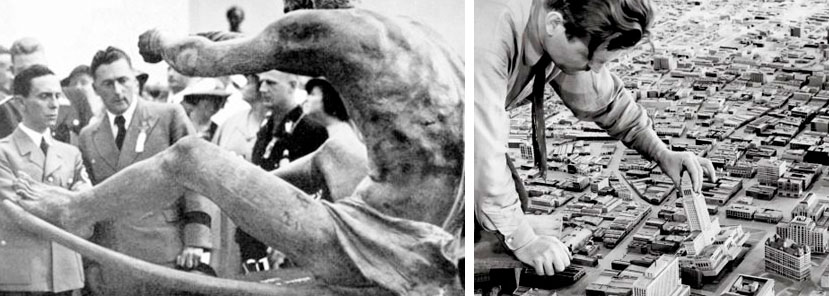
6. The narrowest house in the world
Where everyone saw a useless and too narrow alley, Jakub Szczęsny saw the opportunity to make a four-story house. Clearly, the young Polish architect has no shortage of imagination. The issue, as always, was to find someone who would put up the money and not be too narrow (or, rather, narrow enough) to build a house narrower than an Egyptian’s bike path. “The rest will be easier,” Jakub must have thought, but that was not the case. In addition to having to deal with the difficult task of finding a boyfriend for his initiative, he had to get the Warsaw municipality to accept that what he wanted to build between two dividing walls separated by less than five feet could be called a house.
From the beginning, the only ones who gave him a channel were his artist friends who were enthusiastic about the idea and began to speculate where the bedroom would go, where the kitchen, the living room and the bathroom. It was all very nice, but not one of them was willing to put up the money. However, the young Pole managed to get the help of a couple of art curators and with that, plus the title of the World’s Narrowest House won by knockout, the experiment attracted the interest of newspapers and magazines. That’s how an interested party appeared: the Israeli writer Etgar Keret, a brave man willing to live in that crack.
7. The most expensive construction in the world
According to BBC News, it will be a new nuclear power plant in England, its price is supposed to be around US$35 billion, but as it does not exist yet, we are going to discover one of the most expensive buildings in the world: The Burj Khalifa. It cost no less than US$1.5 billion. It is also the tallest building in Dubai and in the world today.
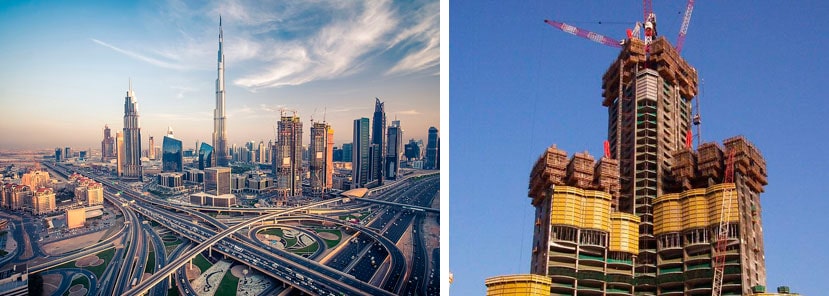
8. Who built the Taj Mahal?
It was built between 1631-1654 by Emperor Shah Jahan, in honor of his favorite wife Mumtaz Mahal, who died in childbirth of his fourteenth daughter.
Today it is one of the seven wonders of the modern world and also the most famous and emblematic monument of India, as well as one of the most recognized worldwide. It is recognized by Unesco as a World Heritage Site. This importance makes the Taj Mahal is visited daily by more than 70,000 people from all over the world, this large influx of tourists causes, as in many other major attractions, an excess of dirt.
We would like to know if you found this information useful. For more like this go to our Youtube channel and subscribe.

